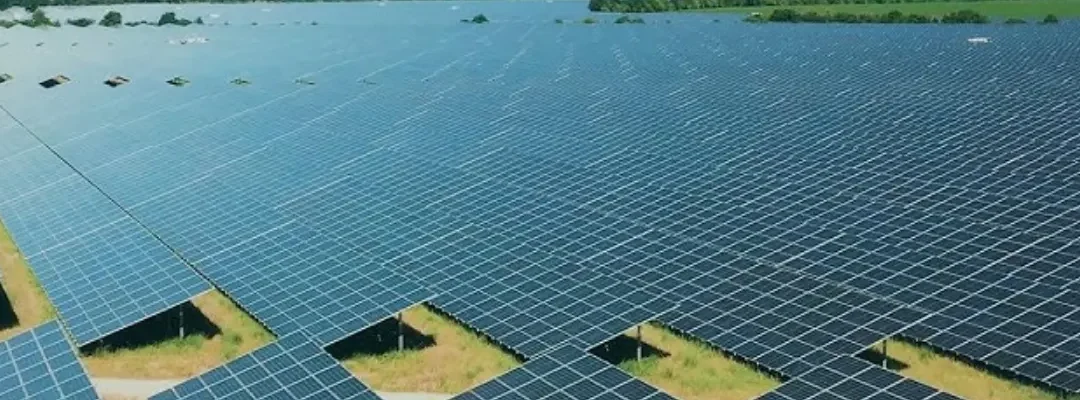Introduction
For many Indian landowners, farming has always been uncertain. Dependence on monsoons, fluctuating crop prices, and rising input costs often leave families with unstable incomes.
But with India’s renewable energy boom, a new opportunity has opened up: leasing land for solar parks backed by Power Purchase Agreements (PPAs).
These agreements provide fixed, guaranteed earnings for 15–25 years, allowing landowners to enjoy stable income without investing in expensive solar infrastructure.
What is a Power Purchase Agreement (PPA)?
A Power Purchase Agreement (PPA) is a contract where:
- The developer builds and maintains the solar plant.
- The buyer (DISCOM, corporate, or industry) commits to buying electricity at a fixed rate for 15–25 years.
- The landowner leases their land to the developer in exchange for steady rental income.
For landowners: This means your land becomes a reliable income-generating asset for decades, instead of depending solely on crop yields.
Benefits of PPAs for Landowners in Solar Parks
1. Fixed Annual Lease Income
- Developers pay rent every year for 15–25 years.
- Income is independent of weather or crop prices.
2. Zero Investment, Zero Maintenance
- Landowners don’t spend on panels or equipment.
- Developers cover all setup and O&M costs.
3. Risk-Free Returns
- Unlike farming, where profits vary, PPA-backed leases ensure guaranteed income streams.
4. Increased Land Value
- Land in solar zones often gains higher valuations.
- Becomes a secure asset for future generations.
5. Contribution to India’s Green Future
- By leasing land, farmers directly support India’s 500 GW renewable target by 2030.
- Adds social prestige and environmental recognition to their role.
Real-Life Example: Pavagada Solar Park, Karnataka
- 13,000 acres leased by 2,300+ farmers
- Each farmer earns ₹21,000–₹36,000 per acre annually
- 25 years of guaranteed income under PPA-backed projects
For many farmers, this income was more stable and higher than farming returns, transforming local livelihoods.
Landowner Participation Models
| Model | How It Works | Pros | Cons |
|---|---|---|---|
| Lease Model | Fixed rent per acre | Safe, predictable | No upside from project profits |
| Revenue-Sharing | % of project revenue | Higher returns possible | Dependent on plant performance |
| Ownership/Partnership | Joint investment with developer | Biggest profit potential | Requires capital + higher risk |
Most landowners choose the lease model for its simplicity and low risk.
Key Things Landowners Must Check
- Transparent agreements with clear payment terms
- Work with credible developers/EPCs only
- Verify land titles and approvals before signing
- Negotiate rent escalation clauses for inflation protection
Future Outlook: Solar Parks and Agrivoltaics
- India’s clean energy target = massive demand for land in solar-rich states (Rajasthan, Gujarat, Karnataka, Maharashtra, Tamil Nadu).
- Agrivoltaics (farming + solar) is gaining traction, letting landowners earn from both crops and solar simultaneously.
- Over the next decade, solar leasing may become more profitable than agriculture in many regions.

